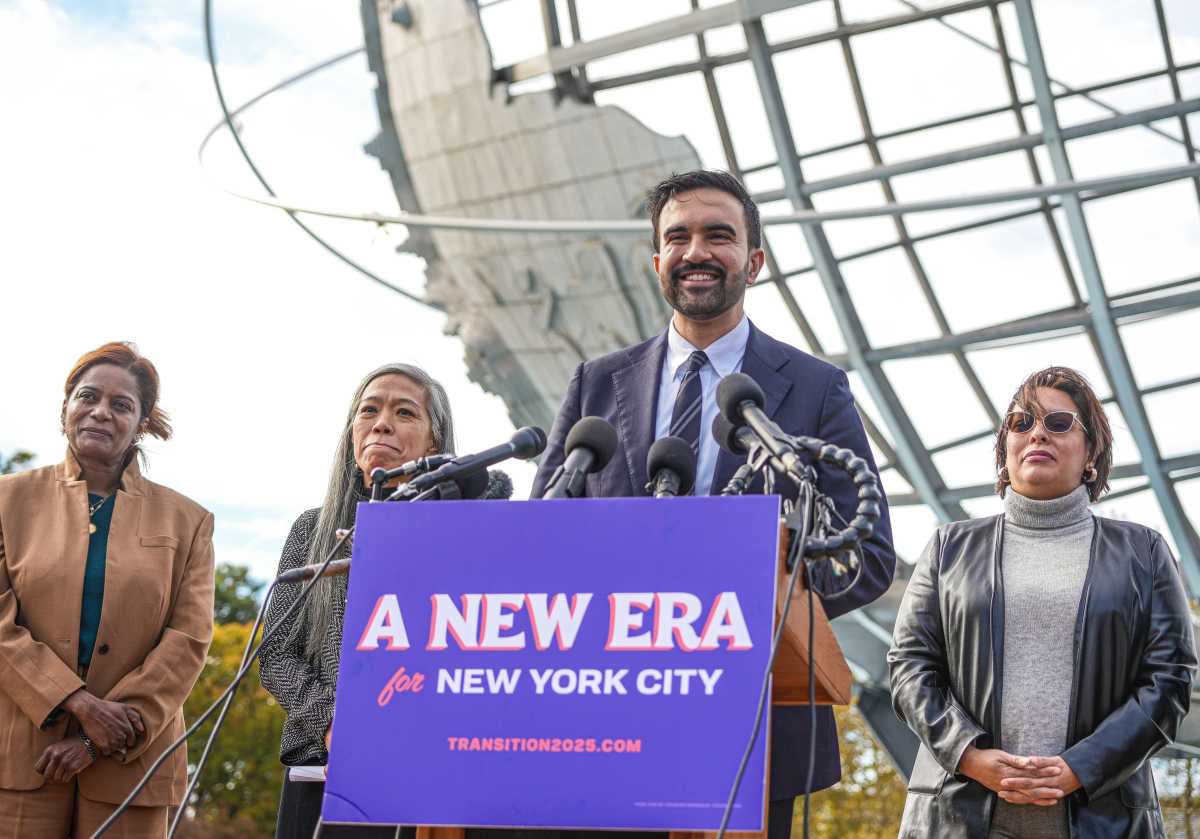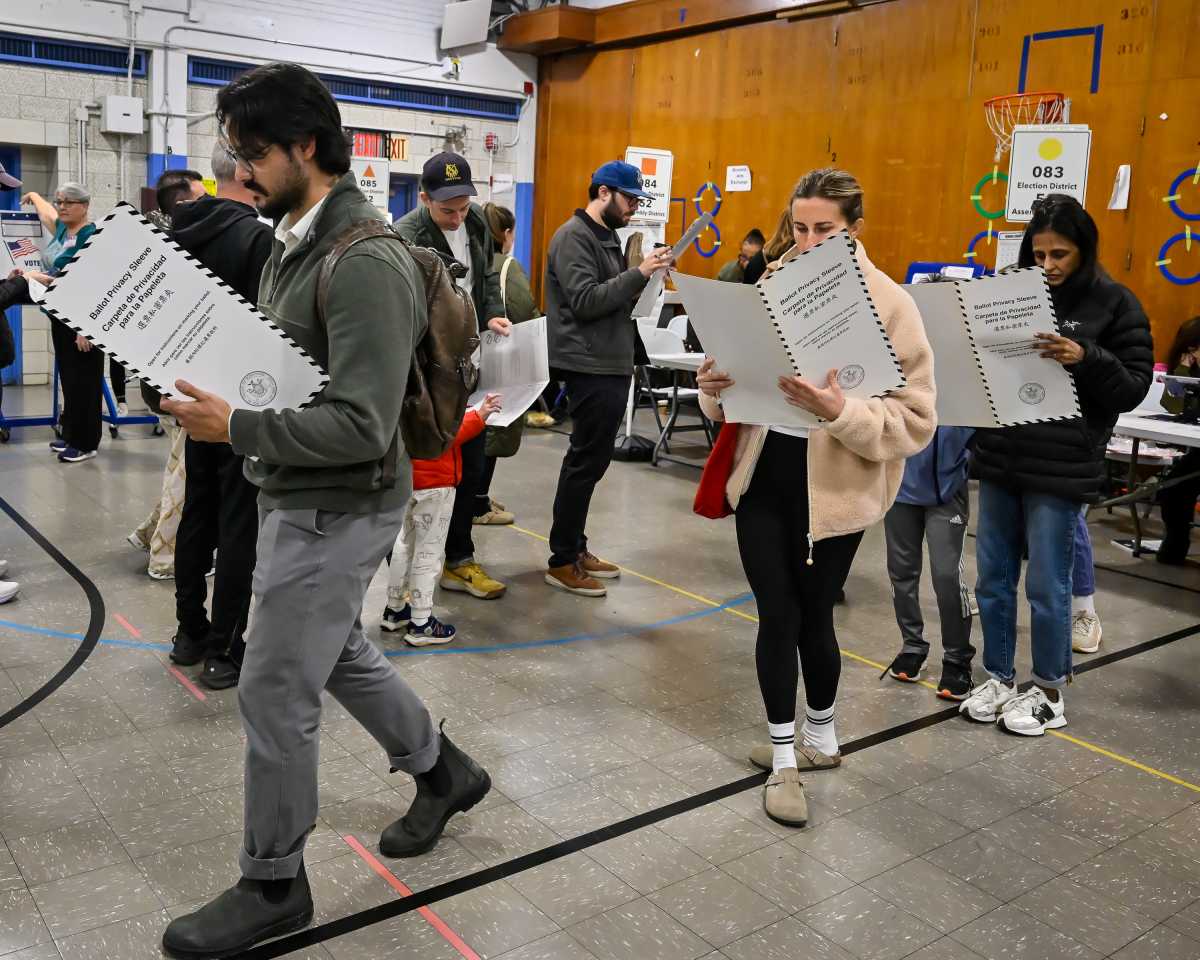Comptroller: Bldgs. Dept. Still Lags In Safety
An audit by City Comptroller Scott Stringer released Monday, Nov. 10, revealed that the Department of Buildings (DOB) spent $5.6 million on a safety reform plan for high-rise worksites, but did not fully implement the majority of its recommendations.
Stringer found that in six years, the DOB fully effected just eight of 65 reforms aimed at improving worker safety at highrise worksites. They were among recommendations of the High Risk Construction Oversight (HRCO) study–completed in July 2008–to improve worksite safety at construction sites.
“The Department of Buildings spent millions of dollars on a consultant study to find ways to improve safety at construction sites and then did not act promptly to implement most of its recommendations,” Stringer said.
The study was initiated after construction cranes crumbled twice in 2008, leaving several people dead.
“When those cranes collapsed, so too did public confidence in how those construction sites were managed,” Stringer stated. “The lack of a strong government commitment to fix this problem is inexcusable.”
An emergency procurement procedure was used to commission the HRCO study in July 2008, Stringer noted.
The DOB paid consulting firm CTL Engineers & Construction Technology Consultants $3.9 million to complete the report to identify hazardous conditions and gaps in regulatory and enforcement measures that could have contributed to accidents, according to Stringer.
Stringer’s audit further examined whether the DOB implemented the HRCO findings in timeframes the agency committed to in a follow up document titled the HRCO Implementation Milestones.
“These catastrophes should have been a wake-up call, but instead, the Department of Buildings seemingly lost interest–and its sense of urgency faded,” he added. “The emergency contract was issued with hopes of halting construction accidents, which skyrocketed by nearly 50 percent from FY06 to FY08. Unfortunately, we found that DOB lost momentum just when it was critical to take action and protect New Yorkers from potential danger.”
The DOB gave CTL an additional $1.9 million in December 2009 to help with the implementation of the report’s findings, Stringer noted.
“The Department of Buildings has had poor oversight of CTL and as a result, hundreds of thousands in taxpayer dollars have been wasted,” Stringer said.
Other findings of the comptroller’s report included: Serious weaknesses in the department’s oversight of how it implements safety recommendations; a failure to appoint one person or group responsible for oversight to ensure efficiency and rapid response; and possible defects in CTL’s performance, resulting in overpayment of $357,000.
In a response to the report, the DOB was in accordance with all of the recommendations expect one, which the agency only partly agreed with, Stringer noted.
The audit sought to specifically examine three high risk areas; concrete used in high rise construction, cranes and hoists and excavation operations, Stringer said.
The comptroller found that after four years, only eight of the safety recommendations, 12 percent, had been fully implemented; 17 of 65, 26 percent, were partially implemented; 18 of 65, 28 percent, were in progress; and 22 of the 65, 24 percent, had not been implemented.
“With the current Administration, we have a new opportunity to take on these challenges,” Stringer said. “I look forward to working with Commissioner Chandler on worksite safety issues throughout the five boroughs. New Yorkers who walk past construction sites have a right to know if they’re truly safe–and we shouldn’t have to risk another accident to find out.”


































